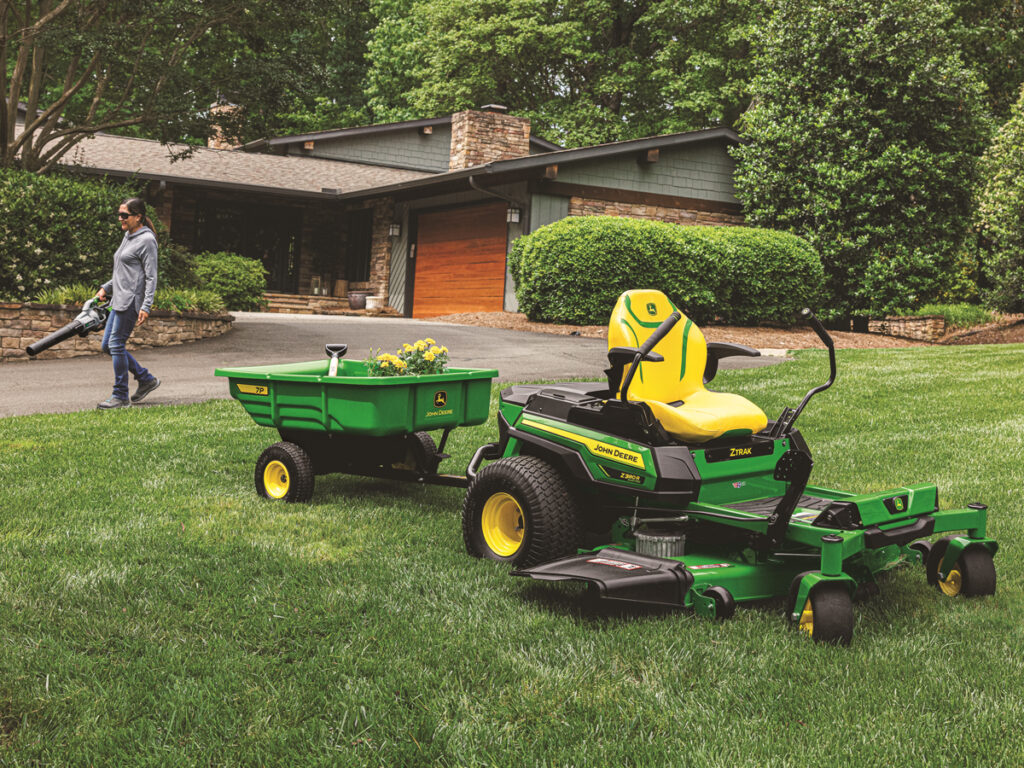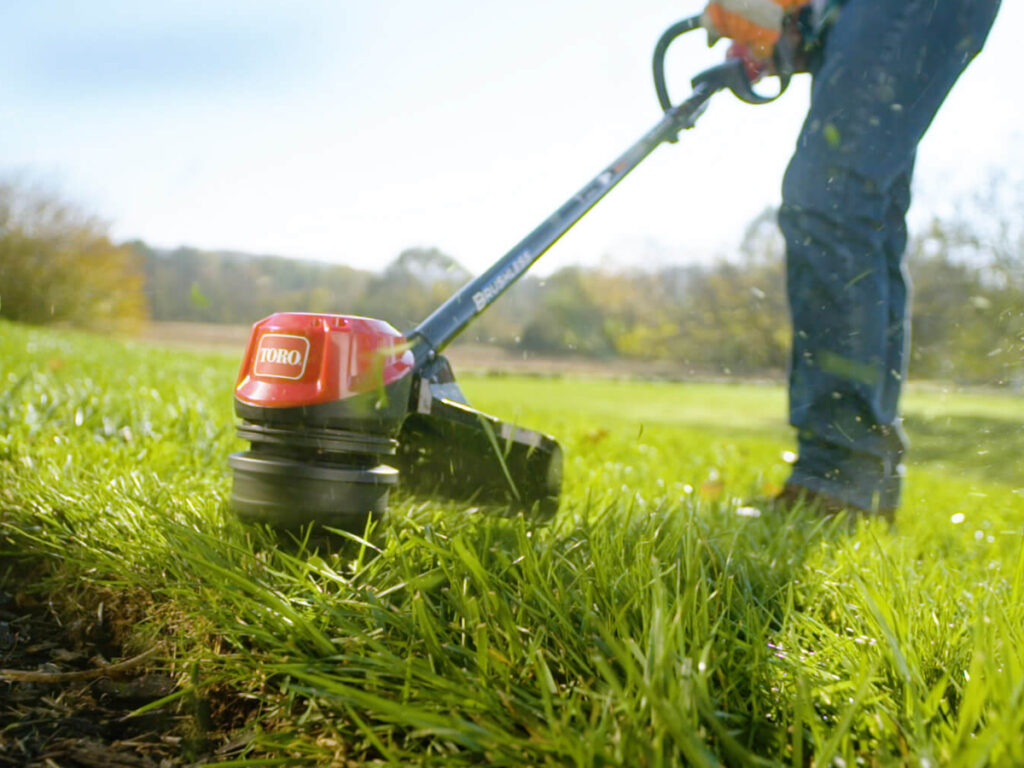Gardening is a great way to supply your family with healthy, home-grown produce, and fresh flowers. Unfortunately, establishing a successful garden can be challenging in many rural and urban areas, due to poor soils and growing sites. Physical challenges add to the difficulty for many gardeners, who find it painful or impossible to tend to gardens on ground level. This is where raised bed gardens can help.

Raised bed gardens are a centuries-old solution to many of these challenges. Bumper crops have been produced on super-charged seedbeds in elevated growing areas situated between convenient access paths. Known as “raised bed” gardening, this approach is gaining favor with gardeners in central Minnesota and beyond.

Raised bed benefits abound. Along with ease of use, they include improved soil structure and drainage, a faster start in the spring, and simplified weed control. Following is a bit of advice on getting started in raised bed gardening from your friends at Minnesota Equipment.

A Bit About Beds
Raised beds come in many shapes and sizes, limited only by the gardener’s imagination. The beds can be simple mounds of soil or enclosed in framing material. Each offers benefits and tradeoffs.
Unframed raised ground beds are simple and inexpensive, but they are also more prone to erosion and require more space. Framed or “containerized” beds require a smaller footprint and are widely regarded as more aesthetically pleasing. However, they require framing materials and extra labor to create.
Wall height of framed beds depends on the location and your preference. Beds with 10- to 12-inch sidewalls protect plants in high-traffic areas near walkways, while higher walls reduce heat stress and maximize user accessibility. For example, a 27-inch wall provides a comfortable working height for most wheelchair users. Bed width should match the gardener’s reach.
A quick Google search or visit with your local master gardener can provide a plethora of plans for raised beds. If you go the framed bed route, take care to choose non-toxic building materials to keep contaminants from creeping into your produce. Cedar is an all-around favorite that’s naturally long-lasting, but it’s wise to explore all the options to find the choice that’s right for you.
Framed beds can be placed closer together than unframed mounds, but you still need to leave room for walkways around all sides. Also consider the equipment you’ll use when tending a bed, such as a wheelbarrow, and allow space for that as well. Don’t forget to consider how you’ll water the gardens. If you use Inline irrigators, set them up before filling the bed with soil.

Site Prep
Choose a well-drained site for your garden that receives plenty of sunlight. Avoid areas prone to flooding, or where plant growth will be thwarted by excessive shade.


Clear the site before starting construction if the area is brushy or covered in other thick vegetation. Digging out or otherwise extracting root systems is recommended large root masses. When clearing brush and trees, keep in mind that some woody debris can be used at the base of your raised bed.



Soil Considerations
Whichever style of raised bed you choose, preparing the soil for success is a primary concern. Be forewarned, you will need substantial quantities of soil or organic material to create a raised bed, so these materials should be readily available and affordable. Options include soil moved from other locations and bulk soil mixes with high organic content. Compost is also a great building block, especially for improving heavy, slow-draining soil.

Garden Care
Raised bed gardens require care similar to their ground-level counterparts. Be sure plants have ample nitrogen, potash, and phosphate to flourish. And don’t skimp on irrigation, as raised beds tend to need a bit more watering. You should also add soil and organic matter each year as the soil settles and ages.

For more information on raised bed gardening, CLICK HERE. To shop for equipment that can help you build a raised bed gardens, click here.


 MyME
MyME



